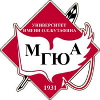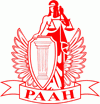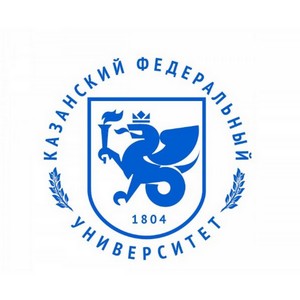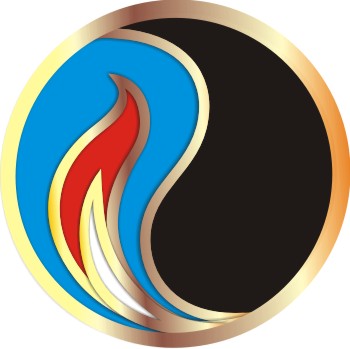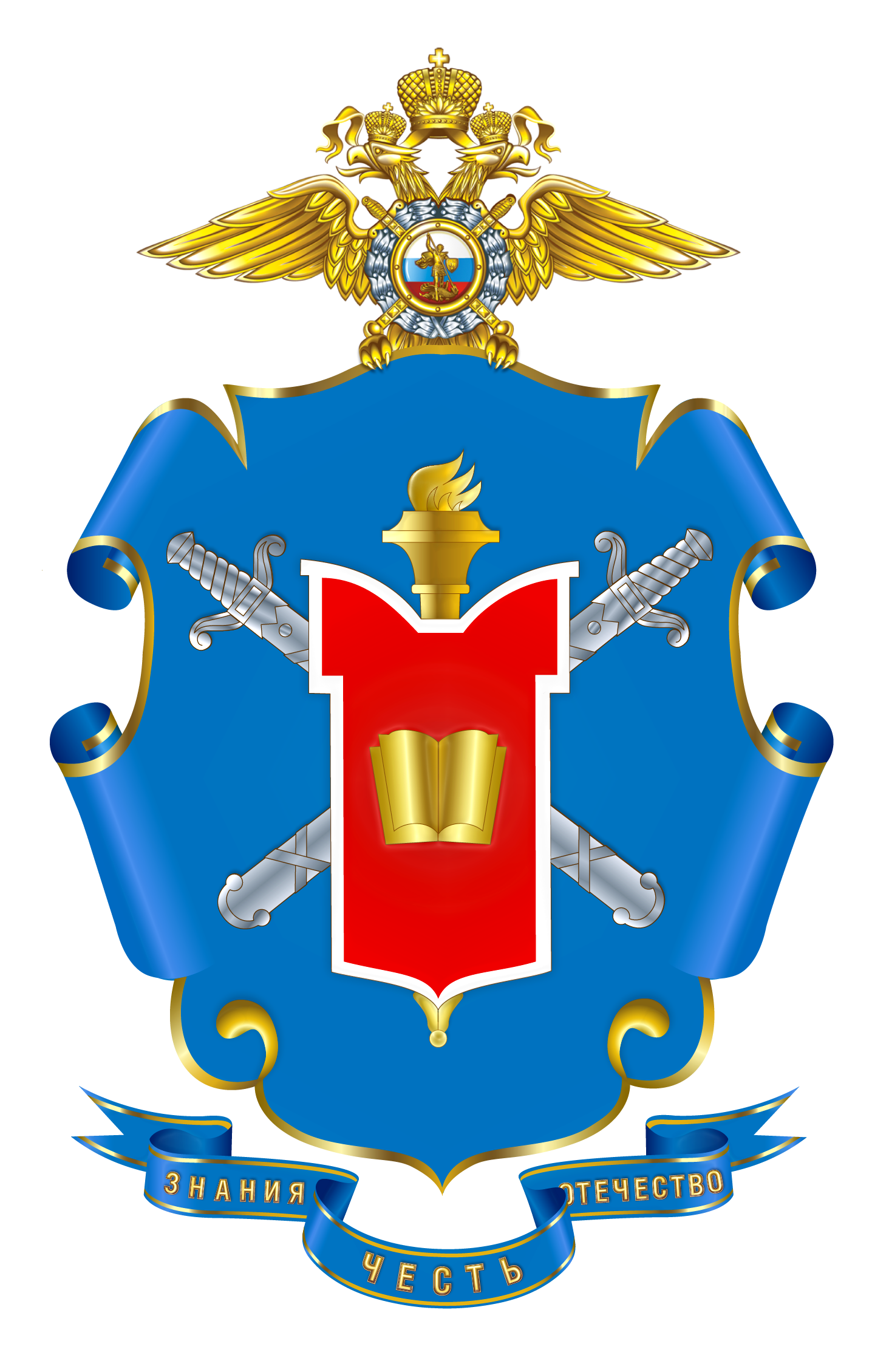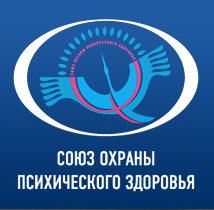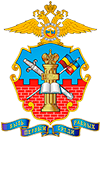On 7 November 1941 at 8 a.m. on the Red Square in Moscow began a military parade on the occasion of the 24th anniversary of the October Revolution. A parade was held during the Battle of Moscow, when the front line was a few dozen kilometers from the city.
Since October 1941, Moscow was under siege. Evacuation and fortifications construction on the streets of the city led to rumors that I. V. Stalin and the members of Politburo of the Central Committee of the Soviet Communist Party had left the city. To dispel these rumors and to maintain the morale of the country, October 24 Stalin summoned the commander of the Moscow Military District and the Moscow Defense Zone Lieutenant General P. A. Artemyev, and the commander of air forces of the Soviet Union General P. F. Zhigarev and ordered to begin preparation for the parade in conditions of strict secrecy. For the Soviet high command the military parade had a great political significance. It was a demonstration of courage and steadfastness of the Soviet army and people.
On 6 November, on a platform of Mayakovskaya metro station a meeting of the Moscow City Council was held. During the meeting, Stalin addressed the audience with a speech that was broadcast on radio throughout the country, and later distributed in the form of leaflets over the occupied areas. Closing his speech, Stalin ensured that the defeat of the German army was to come soon.
During the preparation work for the parade, German troops were just 70-100 km away from Moscow. In this regard, from November 5 the Soviet aircraft started to inflict pre-emptive bombing strikes against the airfields of the German troops. On the night of 7 November, covers were removed from the stars of Kremlin towers, the mausoleum was freed of its disguise, and the Red Square was ready for the parade ceremony. Command of the parade was assigned to Lieutenant General Artemyev. The parade was taken by the chairman of the National Defense Commission and Supreme Commander in Chief Stalin together with Deputy Commissar of Defense, Marshal of the Soviet Union S. M. Budionny who had been recalled from the Western Front.
The march was opened by students of the Artillery School. With banners unfurled, to the accompaniment of militant revolutionary marches performed by an orchestra of the Ministry of Air Defense Staff led by conductor V. I. Agapkin, the gunners, infantry, anti-aircraft gunners and seamen crossed the principal square of the country. The parade was attended by battalions of cadets of the District of military-political school, the Red Artillery School, a regiment of the 2nd Moscow Infantry Division, Moscow naval crew, two artillery regiments of the Moscow Defense Zone, the combined regiment of anti-aircraft defense, two tank battalions of the Headquarters’ reserve.
Enhanced security measures taken during the parade had prevented any German aircraft from reaching the Red Square. The next day, a summary of the «Information Bureau” reported: «On the day of the traditional festival of the Great October Socialist Revolution, the German command decided to put on Moscow a powerful bomb and ruin the demonstration in the Red Square. Pilots of the 6th Fighter Corps and Air Defense anti-aircraft gunners in Moscow repulsed the raid of enemy aircraft having shot down 34 German aircrafts. Not a single bomb fell on the city, and the parade of Soviet troops was a success».
On 6 and 7 November the Soviet High Command planned and carried out a series of strong blows against the enemy on the Mozhaisk, Volokolamsk and Maloyaroslavetsky sectors. Straight from the parade on the main square of the country the Red Army soldiers were sent to the front.
Source: https://www.prlib.ru/en/history/619695
Post Scriptum:
The effect produced by the parades was stunning: the soldiers’ morale was enhanced, the Soviet people resilience was demonstrated, a number of countries refused to enter the war on Nazi Germany side. The whole world saw that the Red Army and the Soviet Union were determined to defend their homeland under any circumstances.
One of the Great Patriotic War veterans, Sergey Kolodin, described the Moscow parade in the following way: ‘I heard this parade at home, in the city of Kalinin, in Tver. And indeed, this parade inspired us, the youth, I was 17 years old then. And so I went off to the battlefront.’ Despite the fact that Kalinin was temporarily occupied by the enemy at that time, young people from there and from all over the country, led by one feeling, were joining the valiant Red Army and to beat the enemy on all fronts, so great was the patriotic upsurge after the most important parade – on 7 November 1941.
President of the Union of Criminalists and Criminologists
Igor Matskevich








